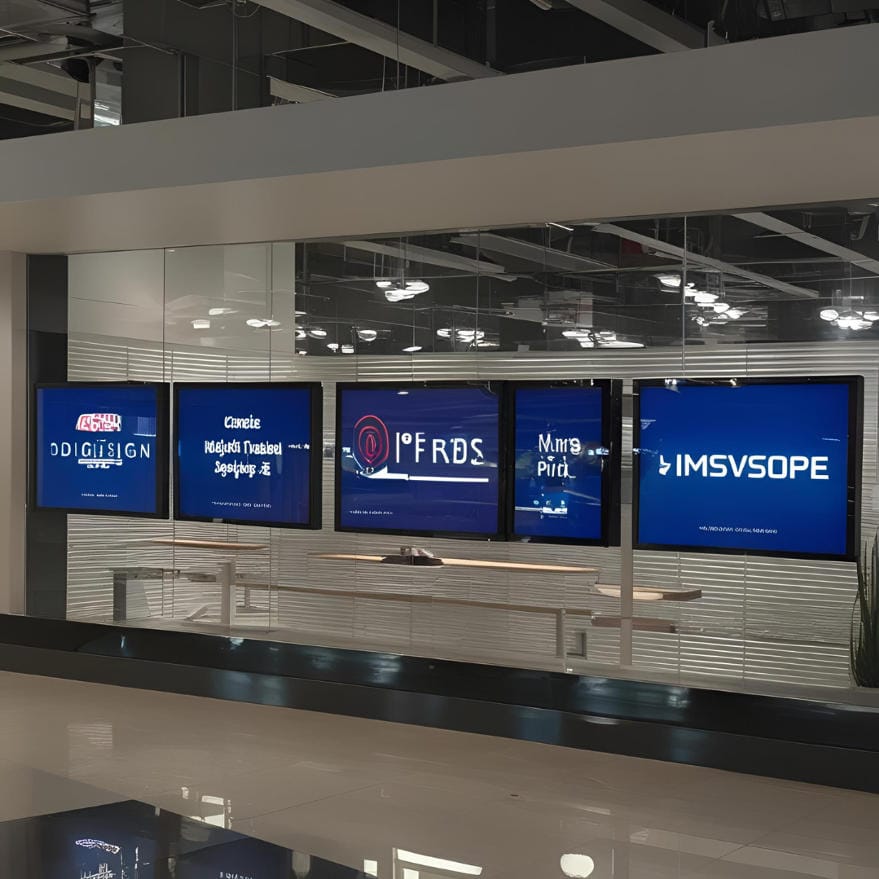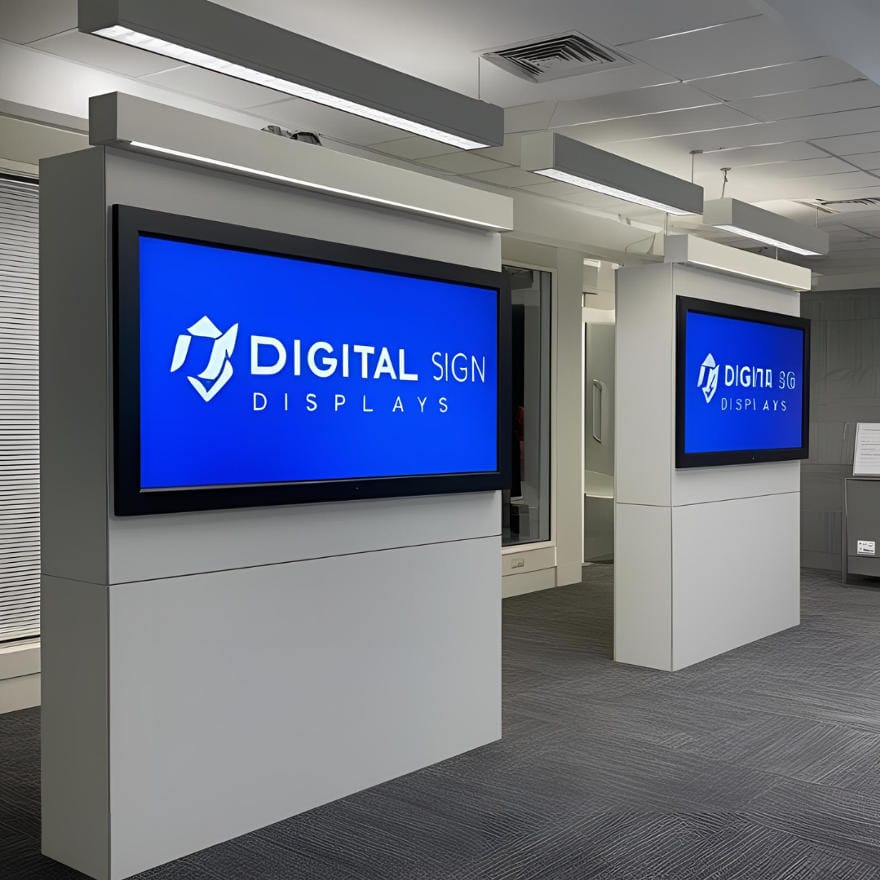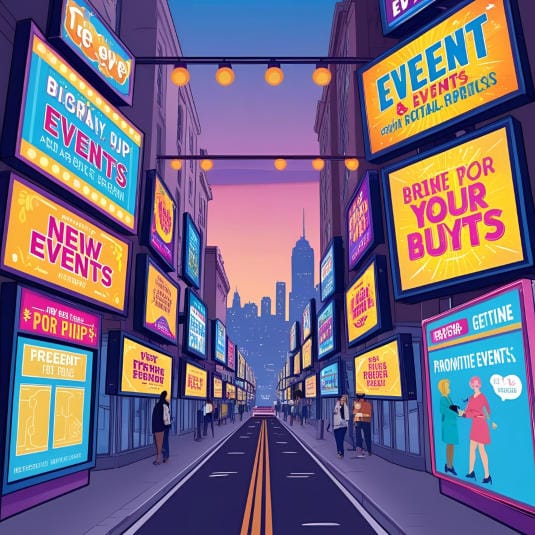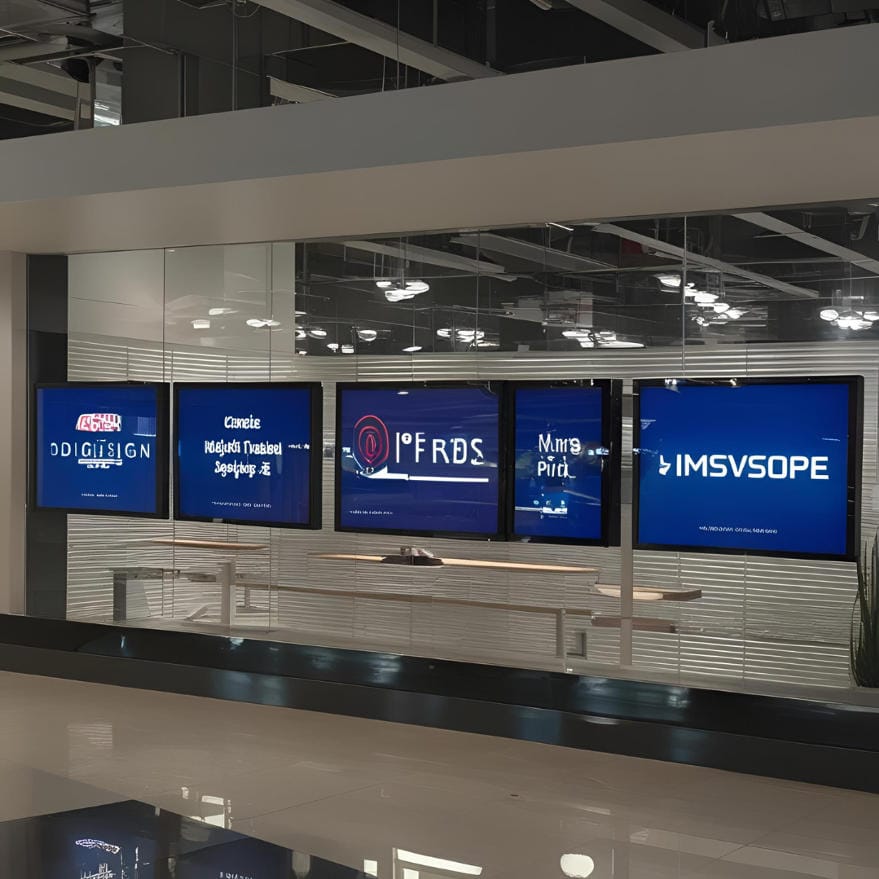Digital sign displays have gained significant importance in multiple industries, including retail stores, hospitality businesses, healthcare facilities, and more. A digital display sign functions as an adaptable platform to conduct customer engagement while promoting products and delivering up-to-date content. The presence of a digital sign by itself does not create success because you need content that both captures attention and stimulates viewer engagement. This guide will present simple digital display sign content ideas followed by strategies to enhance message impact and techniques to maximize their utilization.
 Why Digital Sign Displays Matter
Why Digital Sign Displays Matter
Digital sign displays stand beyond their role as fashionable information displays. These tools now serve as indispensable communication devices across various sectors, extending to retail and manufacturing operations. Your business benefits strongly from digital display content because you can show engaging recent information.
The correct content displayed across indoor digital display signs inside stores and outdoor digital display signs out in the streets can produce significant effects on your audience. Your business benefits from digital display signs because these devices enable quick content modifications as well as scheduled programming and weather-and-time-based customized content. Wonderful digital sign display performance requires effective content development that stimulates audience engagement.
What Makes Content Successful on a Digital Display Sign?
Digital display signs achieve their success by uniting design aspects with messaging while maintaining a smooth presentation. Effective digital signage depends on four elements: clarity, emotion, relevance, and branding. The following section explores everything that creates successful content for these displays.
1. Clarity
The message you choose should contain concise and understandable information that viewers can read instantly. The audience moves too fast to read complicated messages; therefore, the text should remain brief.
2. Motion
Integrating well-planned movements and visual transformations creates a system to emphasize the main aspects of content in an unobtrusive manner. Minimal moving effects such as fades or scroll text add appeal to content while making it stand out to viewers.
3. Timing
Each displayed message needs to remain visible for an ideal duration. The message duration must be sufficient so viewers can easily read and comprehend the information.
4. Relevance
The content needs to remain current with what is relevant to the audience. The messaging should be adapted according to location, time of day and audience behavior patterns to achieve a greater effect.
5. Branding
The fundamental elements to maintain consistency include fonts together with colors alongside logos. The digital signage must match your brand elements to create consistent messaging which extends to every communication channel.
 How to Use Outdoor Digital Display Signs Effectively
How to Use Outdoor Digital Display Signs Effectively
Digital outdoor display signs must overcome specific limitations, which include weather conditions and visibility conditions. Follow these best practices to create messages that grab attention while being easy to understand:
1. Use Bold, High-Contrast Text
Given that viewers may be in motion while viewing your sign, use big text and plain layouts with high contrast to achieve readability.
2. Keep Messages Short
The recommended text length for outdoor signs should be limited to 7 words. Your outdoor signs should display short, powerful messages that include the following examples:
- “Flash Sale – Today Only”
- “Exit 19 – Hot Coffee Ahead”
Such messaging provides fast acknowledgement while presenting straightforward commands to consumers.
3. Add Animation Strategically
A subtle movement creates visibility without causing distraction. A digital display sign outdoors works best with a slow text scroll fade-in animation, or rotating text lines.
4. Schedule by Time of Day
The establishment should offer discounted breakfast items during morning hours along with special evening deals. The delivery of appropriate messages depends on the exact time people walk past these areas.
Using Indoor Digital Display Signs for Customer Experience
The main function of indoor digital display signs extends beyond basic promotional usage. The experience of customers improves through discreet yet impactful methods:
1. Guide Customer Flow
Large facilities such as malls, airports and hospitals should implement directional arrows and maps together with “You Are Here” markers to guide their customers through space.
2. Reduce Perceived Wait Time
Entertain customers in queues with behind-the-scenes videos, recipe ideas, or product demos. Waiting customers experience shorter durations because of these features that also maintain their interest.
3. Add Value to Purchases
Place newly purchased products with their care instructions and warranty details, along with how-to guides for customers to view. The additional information delivered through this approach generates higher value, which strengthens the customer’s experience.
4. Encourage Upsells
Digital signs placed at point-of-sale locations should display product recommendations that include:
- “Pair your burger with our signature fries.”
- “Upgrade to a king-size bed for just $25 more.”
Your business profit will increase through these CTAs while your average order value grows simultaneously.
 Best Practices for a Digital Display Sign Board
Best Practices for a Digital Display Sign Board
A digital display sign board achieves maximum effectiveness through the implementation of these best practices:
1. Use Templates
The majority of digital signage software platforms feature pre-made template options for menus alongside templates for sales and events, along with other types of content. Templates help users create professional content at speed.
2. Maintain Brand Consistency
All platforms like your website and social media and printed materials should display your brand identity through matching fonts colors and logos.
3. Schedule Content Ahead
Your digital signage software includes scheduling features which enable you to create content calendars for weekly or monthly displays. The scheduling feature keeps content fresh by maintaining its timeliness and relevance.
4. Mix Up the Content
A combination of promotional materials with informational content and entertaining segments helps maintain audience interest through content variety. Variety prevents screen fatigue.
5. Test & Optimize
Check the performance level of your displays at regular intervals. Analysis tools help you detect which content performs best to make improvements for future content materials.
Transform Your Digital Signage Today
Your digital signage solution now has the opportunity to advance its capabilities. Nento enables users to begin creating active digital sign displays through their intuitive digital signage software platform. Try Nento’s 14-day free trial to see how compelling content boosts your business outcomes.
Frequently Asked Questions (FAQs)
What are digital sign displays?
Digital signs display function through electronic systems that display content consisting of images, videos, and real-time data using screens made from LED and LCD technology.
Are digital display signs only for outdoor use?
Digital display signs function in multiple environments because they serve various purposes both inside buildings and out in public spaces.
What’s the difference between a digital sign display and an LED digital display sign?
The screen of an LED digital display sign functions through illumination technology that involves LEDs. The system achieves maximum brightness and energy efficiency, which makes it suitable for outdoor applications.
How often should I update my digital display sign board?
Your digital display sign board should be updated at least weekly, although real-time event promotions produce the best results.
Can I use social media content on my digital display sign?
Digital signage software platforms provide features that enable users to integrate live social media content for display purposes.
What content works best for outdoor digital display signs?
The optimal content for outdoor digital display signs includes high-contrast visuals with bold fonts and short message structures.


 Why Digital Sign Displays Matter
Why Digital Sign Displays Matter How to Use Outdoor Digital Display Signs Effectively
How to Use Outdoor Digital Display Signs Effectively Best Practices for a Digital Display Sign Board
Best Practices for a Digital Display Sign Board


